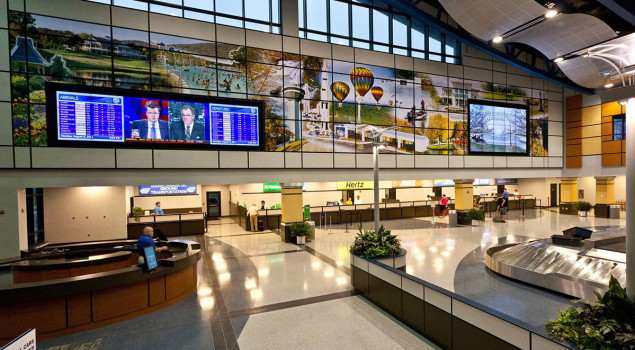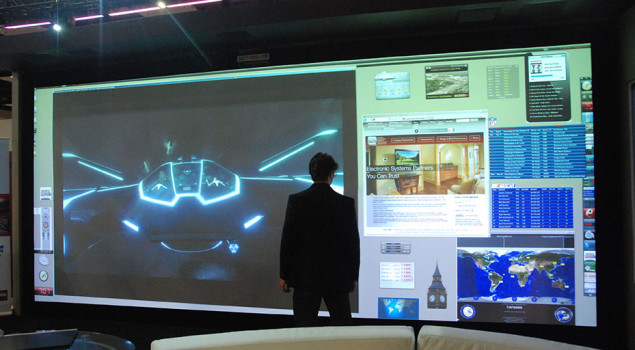Digital Media Distribution Networking
Overview
Distributed media networks provide a hub through which multiple audio and HD video sources can be distributed to any number of zones and displays. In other words, a single room housing all of your media hardware can serve hundreds of zones with both audio and video in any combination desired.
Benefits
This topography allows streamlined sharing of media sources throughout an installation. For example, if only one cable box is required to be active at a time, but you have 16 zones where viewing this media would be desirable, installing your cable box on a distributed media network allows all of the displays to have access to the same content without the added hardware.
A properly designed media distribution network allows for the rapid and reliable switching of digital content, giving you access to all of your media formats across multiple platforms.
Possibilities
Together with a distributed media network, a single display can access multiple sources or a single source can be accessed by multiple displays. Accessing a variety of media sources is as simple as pushing a button on your touch panel, handheld remote, or keypad.
Imagine multiple cable boxes, laptops, DVD players, video conferencing systems and live video streams all accessible from one integrated touch panel, which can control what display gets what media feed, either locally or from a singular control module.




